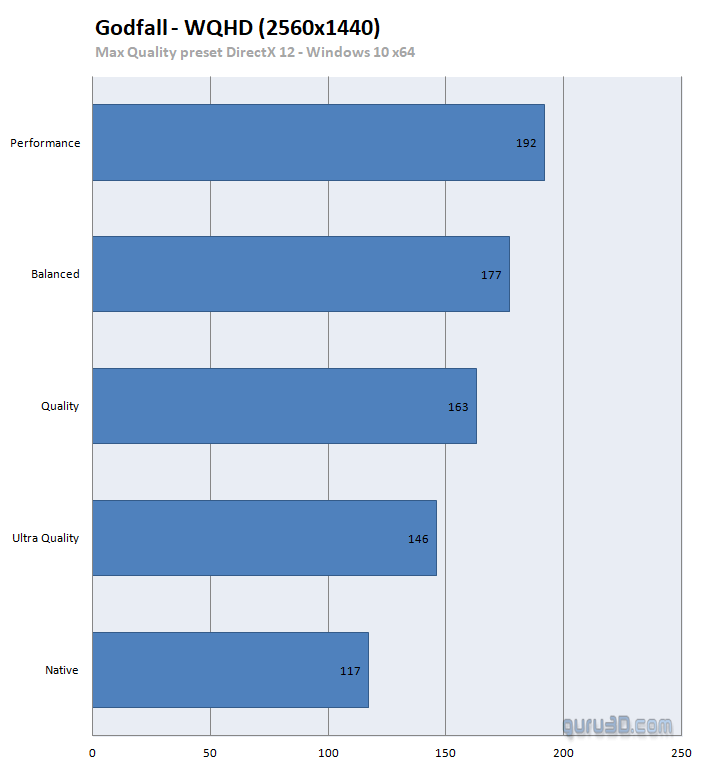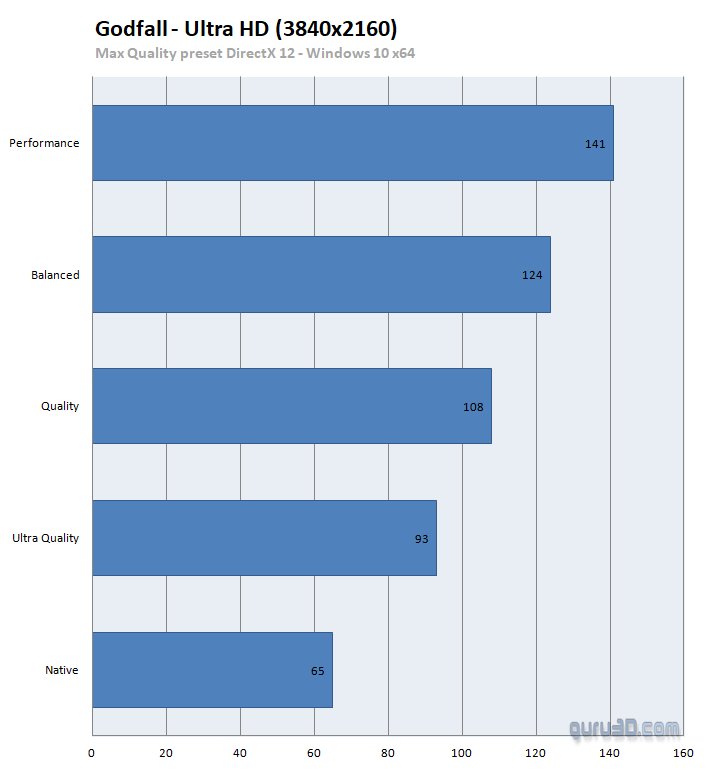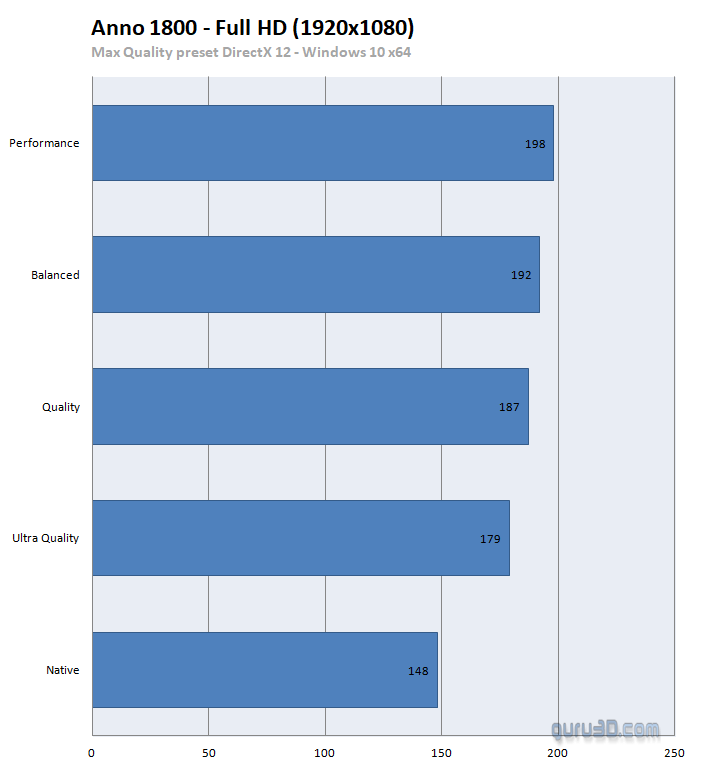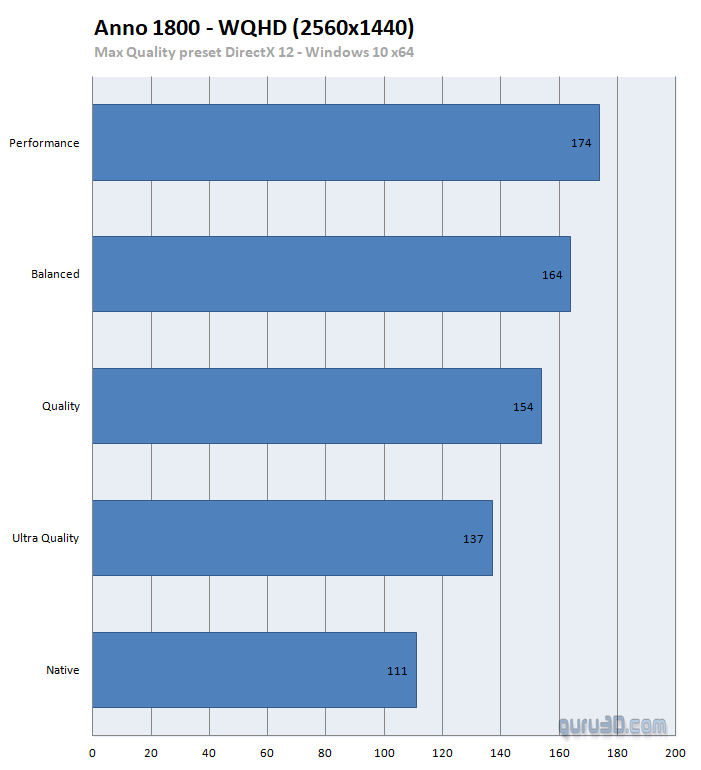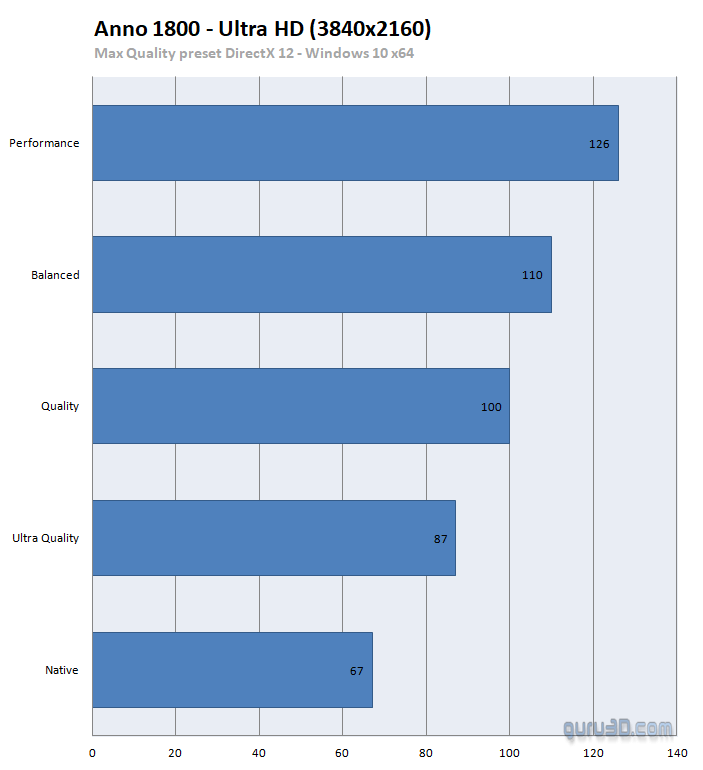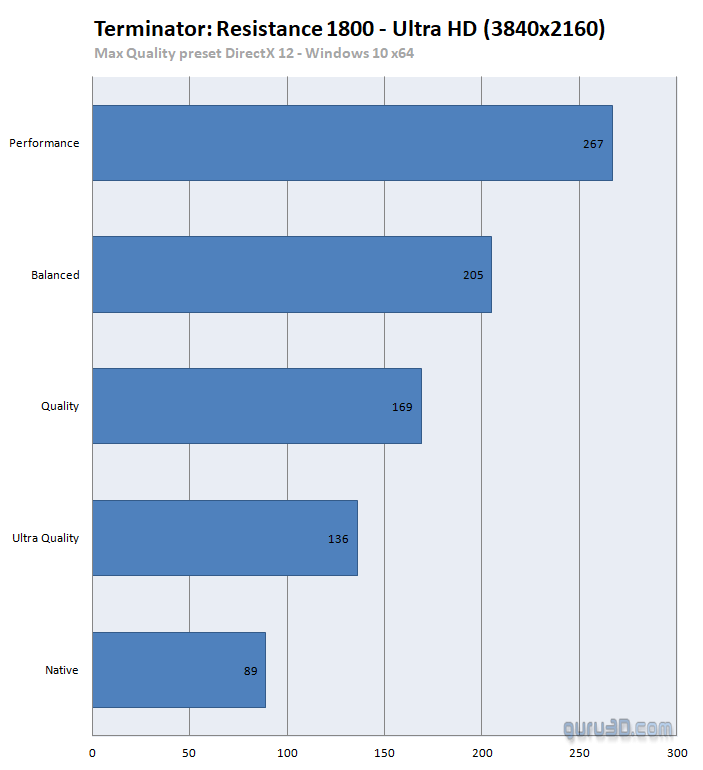Performance - Quality settings
Performance
So you've been able to read about the technology of the temporal resolution-based scaler, the extra sharpening pass, and of course the effects in image quality degradation. And the latter one is the biggest downside and tradeoff you need to take for granted. On the opposing side of the spectrum, there is a reason why AMD did all this, they need a fast-performing answer towards NVIDIA DLSS. And yes the two cannot be compared. FSR is what it is and will never get better unless to increase supersampling resolution. NVIDIA as a deep learning algorithm, and can evolve, which they do, as they just reached DLSS v 2.2
Performance however can be grand, the performance for 'performance' mode is spectacular, really spectacular. However, that applied post-processed rendering model does look like utter crap. And that's what you need to remember when you check out the charts below, each modus operandus is a decision in what you deem acceptable for image quality. Personally, I would only allow Ultra Quality mode as 'acceptable' and am not even calling that one good enough.
We'll sort by Game title and the three popular resolutions. Terminator had a bug when switching to a lower resolution it would force the native one, ergo only Ultra HD results (which are very impressive).


